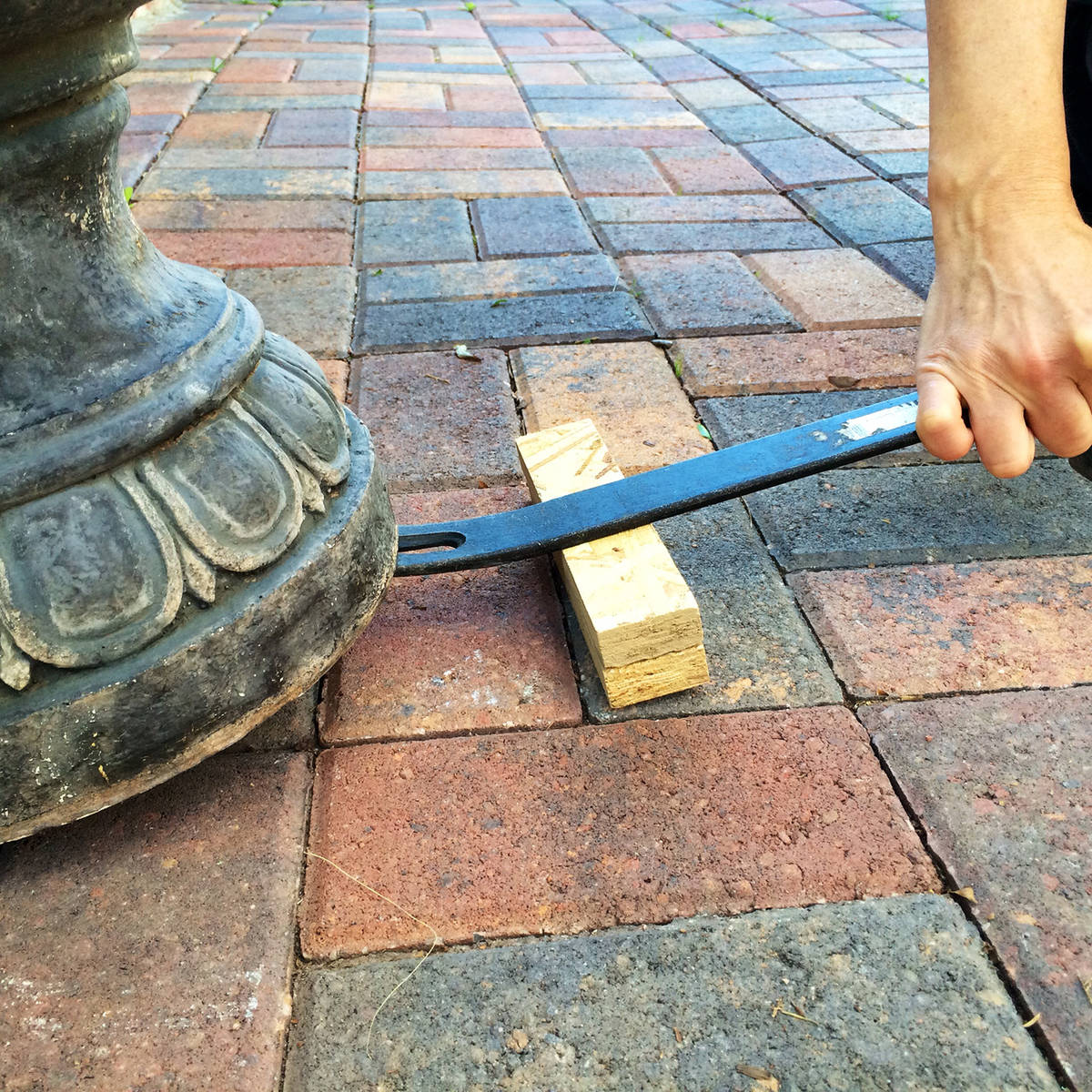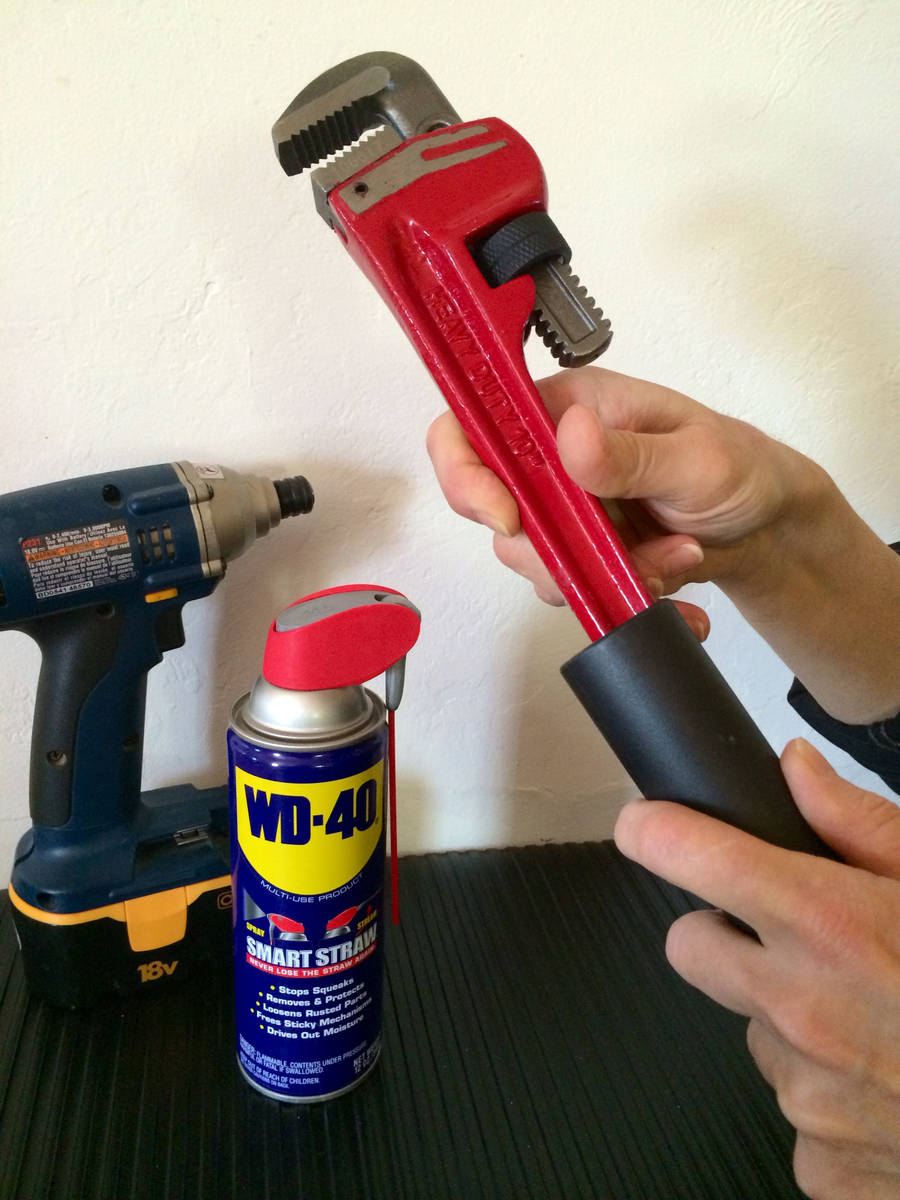Outsmart need for brute strength
Back in my TV days, in interviews, I was often asked about the differences between men and women in construction. The truth is, there’s not much to report. I’ve come across subtle differences, like women tending to have greater patience and paying more attention to details. But for me, the outstanding difference is a physical one, namely, strength.
Size and brute power have obvious benefits, but bigger doesn’t always mean better. Being smaller has many unexpected benefits — like squeezing under a sink or fitting a hand in a mini high-hat. A contractor I used to work with happily had me save him from the sweating and grunting that went along with a 210-pound guy cramming himself into a powder room vanity to replace a shut-off valve.
Even still, I regularly needed more brute strength than I could muscle up. I decided the best way to compensate for lack of sheer power was to work smarter instead of harder. Over the years I’ve filled a bag of tricks I pull from when I’m short on muscle, flexing my brains more than my biceps.
Tips on how-to work smarter, not harder
Advance notice: In advance of your project, drench a stuck or rusted fitting with penetrating oil like Liquid Wrench. Be sure to give it at least 10 minutes. Likewise with cleaning or stripping products; allowing the product to soak an ample amount of time will yield less elbow grease.
Take the weight off: When hanging something heavy, say a cabinet, even if you’re working with a partner, the person holding it in place (while the other fastens) is likely to tucker out before the unit gets hung. Use a temporary brace to prop it up and support the bulk of weight.
Now one person can steady the object on the brace while the other fastens. Simply build a T-brace out of two two-by-fours and wedge it under what you’re hanging. The height and width of the T-brace are determined by where you want to hang the object and how wide it is. A version of this support is known as a “dead-man brace,” and used to help hang drywall on ceilings.
Love leverage: When needing to lift something heavy, let’s say to level your stove, (adjusting the plastic round feet that spin up or down), place a piece of two-by-four on the floor in front of the stove then place a pry bar over it. Now slide the tip of the pry bar under the stove and push down on the other end of the bar. This fulcrum point creates leverage that makes lifting the stove shockingly easy.
On a tough-to-turn bolt or fitting, if lubricating it first doesn’t do the trick, slip a longer length of pipe over the wrench handle. This extension, also known as a “persuader,” adds greater leverage and turning power.
Get your body into it: Using a power drill above your head or extended away from your body puts you in a physically weak position. Situate your body so your shoulder is behind the drill for strength and control when drilling or driving.
When lifting something heavy, bend with your knees. Women have great strength in their legs, so rely on them more than trying to hoist with your upper body and blowing out your back.
Use the right tool: When repeatedly using a utility knife, say you’re cutting drywall, replace blades often. With a sharp blade you’ll need much less force.
Buy a ratcheting screwdriver for more turning ease, speed and power.
A cute, small, lightweight hammer may be easier to swing, but won’t give you ample mass for proper pounding.
If you’re doing a project that requires screwing into something very dense or sinking many screws, invest in an impact driver. This type of drill drives like a hot knife through butter.
Norma Vally is a seasoned veteran of home improvement; her career includes four seasons as host of Discovery Home Channel’s Emmy-nominated series “Toolbelt Diva.” A columnist and author, Vally splits her time in Southern Nevada, Los Angeles and New York City. Follow her on Facebook at Norma Vally “Toolbelt Diva” and visit her at www.NormaVally.com. Email Norma@NormaVally.com.










